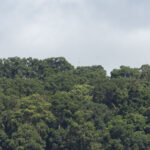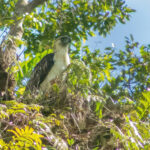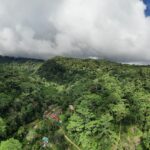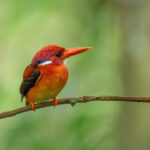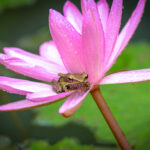Location
located between 122° 00’- 122° 08’ Longitude and 7° 9’ – 6° 57’ Latitude. It is situated in the northern part of Zamboanga City, a highly urbanized city in the southwestern most tip of the Zamboanga Peninsula (Region IX) in Western Mindanao.
Area:
123.747 km2
Date declared as an AHP:
2022
Other international designation/s:
KBA; IBA
Habitat Types
Contiguous block of old and secondary growth dipterocarp forest covers almost 90% of its area
39 species of birds, 24 species of mammals, 71 species of reptiles, 46 species of amphibians;
59 plant species dominated by dipterocarps. 221 types of plants belonging to 51 families (2018)
Unique Flora: includes critically endangered dipterocarp species
Unique Fauna: species include Varanus dalubhasa, one of the two newly discovered Philippine endemic species of Asian monitor lizard. The endangered species list includes the Philippine Eagle (Pithecophaga jeferryi), a newly confirmed discoveries in PaNP, Pinskers Hawk Eagle (Nisaetus pinskeri) and the Red Headed Flameback (Chrysocolaptes erythrocephalus).
Habitat Types: Contiguous block of old and secondary growth dipterocarp forest covers almost 90% of its area
Tourism structues/facilities include Bio Monitoring Staion that provides guidance and orientation for visitors and trekkers; Bambusetum; tree nursery, adventure trail; Baluno Ecological Research and ztraning Center, ZCWD Dam. The different ecotourism activities that may be developed include: mountaineering, trekking, river swimming/trekking, camping, bird watching, nature sightseeing, filming and photo shooting, bush walking and environmental education/interpretation. In addition, the historical value of Mt. Pulong Bato, where the first wave of Subanen tribe established their kingdom and where the marriage took place between the Subanen Princess and Spanish Prince that gave birth to the Zamboangueno race, can be promoted.


